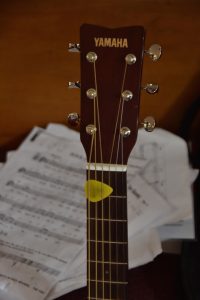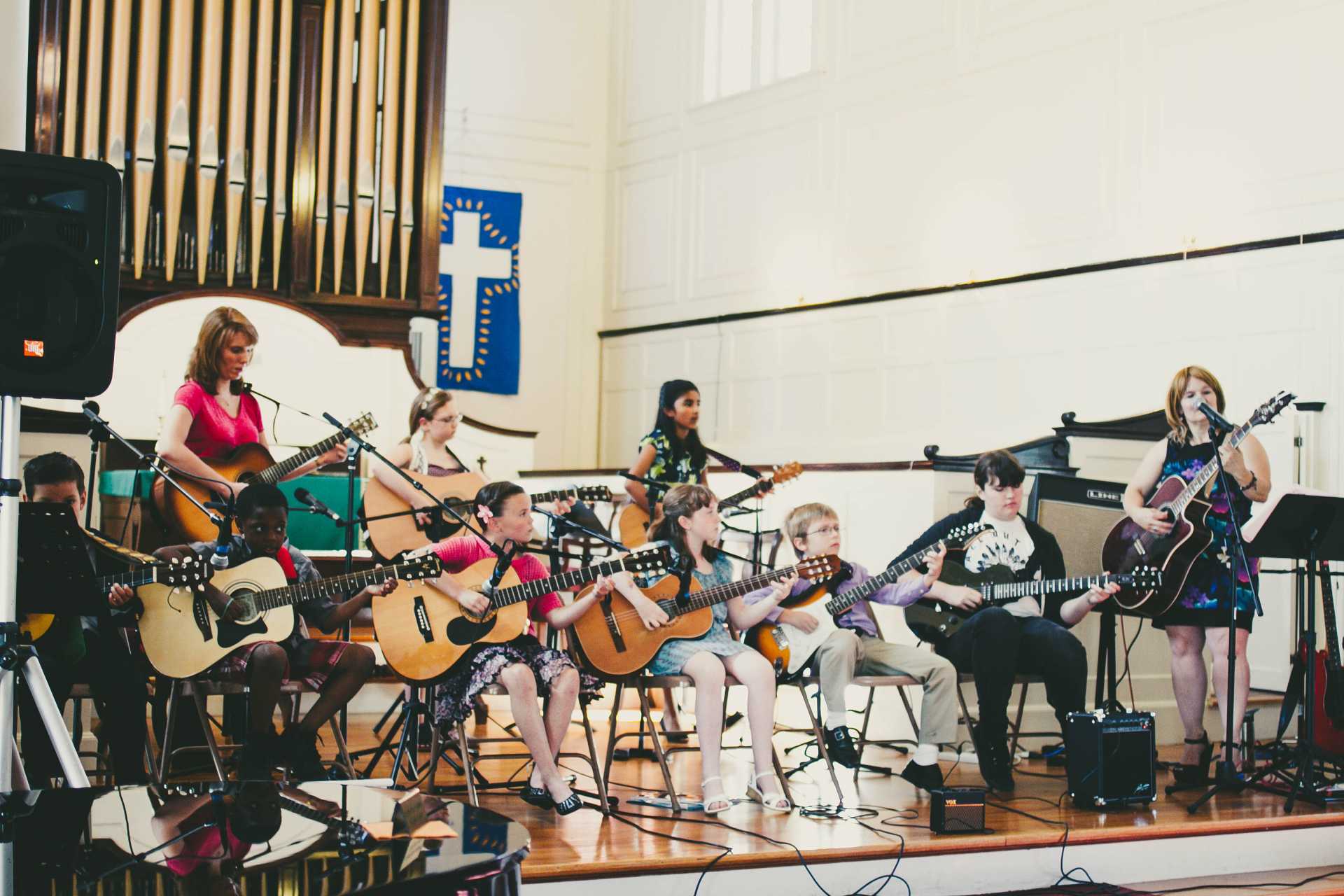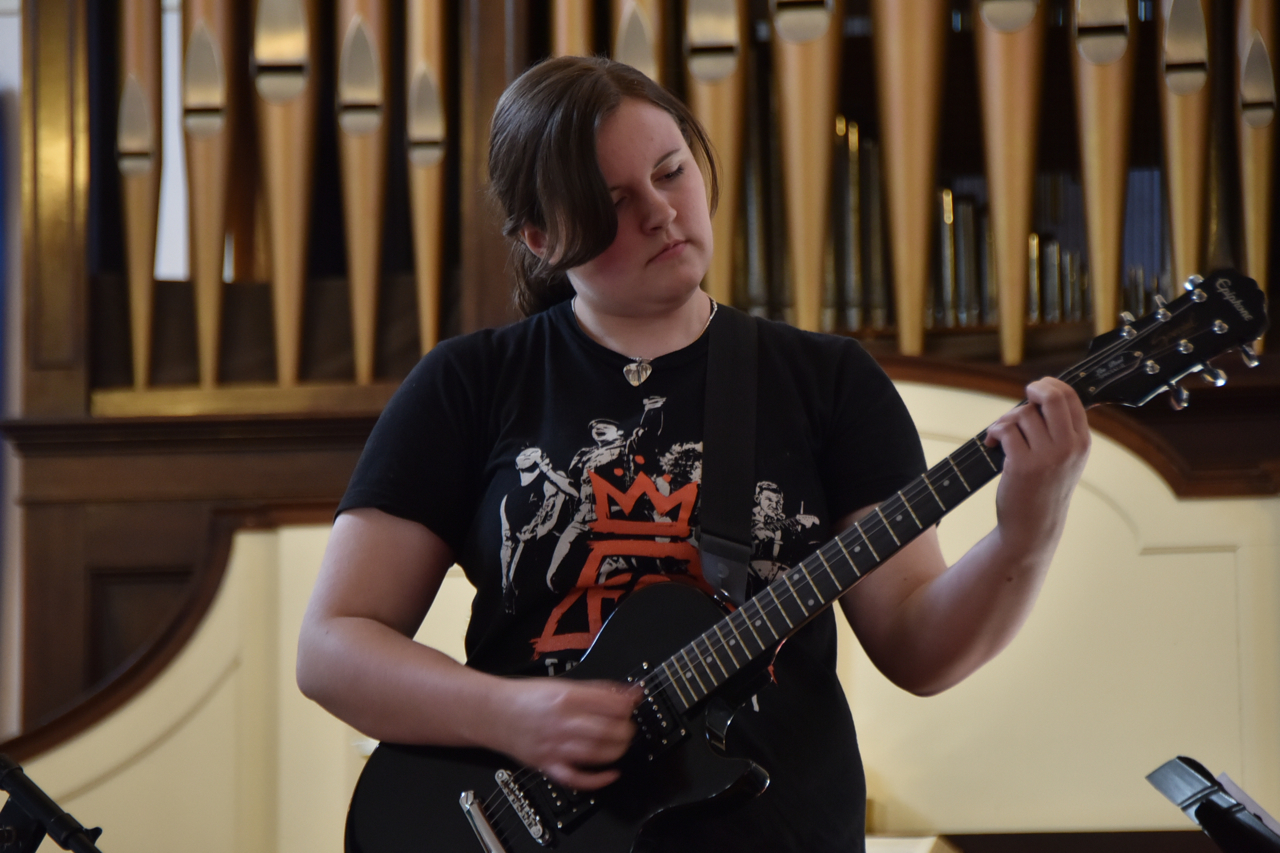GUITAR BUYING TIPS: For your first guitar
From the Voice and Guitar Studio of Julie Kinscheck
WHERE to Buy: Go to Guitar Center in Nashua or University Music in Lowell or some other real music store.. Always get a guitar from somewhere you can go back to for service in the future with a warrantee.
What to Spend: You should be able to get a package of the guitar and accessories with a case for under $200. If you have a bigger budget, cap it at $500 for your first guitar.
One comment about electric guitars- If you know your life dream is to be a blazing lead guitarist and rock out- go ahead, you can start on an electric… just get a small enough amp to carry around to practice but big enough to have some good crunch and a decent clean sound. There’s a lot to say about amps- for another day!
Accessories: You will need a strap, some thin or medium picks, a battery powered tuner (less than $15)- you can use a smartphone App called “Clear Tune” (or others), too- but they are less effective if there is background noise than a real tuner, a case and a capo will be handy to have down the road.
Instruction Books: I stock the guitar book I use. It will cost you $12 on the first lesson from me unless you are a Skype student with me- in which case I recommend getting your book from Amazon.com. I like the Hal Leonard series, Start with “Guitar Method Book 1” We will also use other songs I have in my files and charts from Ultimate Guitar Chords off the internet and more.
Let me know how it goes. Happy Playing!!!!
Julie




